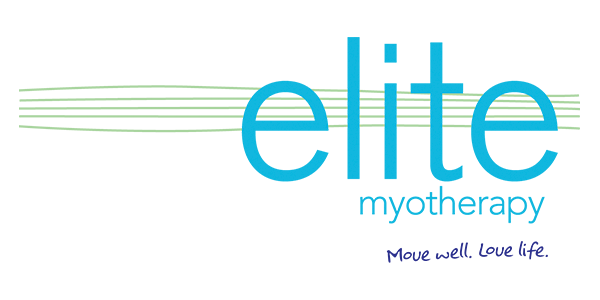Trigger points, commonly known as muscle knots, are tight spots in muscular tissue that can cause significant pain and discomfort. These points are not just problematic due to local tenderness; they also often lead to what is known as referred pain, where the pain is felt in areas of the body away from the actual trigger point.
Understanding Trigger Points and Their Effects
Trigger points are hyperirritable spots in the fascia surrounding skeletal muscle. They are associated with palpable nodules in taut bands of muscle fibers and can arise from several causes, including muscle overuse, injury, poor posture, or even stress. The unique aspect of trigger points is their ability to cause pain in different parts of the body.
For example, a trigger point in the back might lead to referred pain in the neck or even headaches.
The pain from trigger points can vary from a dull ache to sharp, intense pain. It is often a chronic issue that persists or worsens if left untreated. Beyond causing pain, trigger points can restrict movement and flexibility, leading to a decrease in range of motion and overall mobility.
Why Treating Trigger Points Is Important
Ignoring trigger points can lead to a vicious cycle of pain and discomfort. The pain can lead to decreased activity, which in turn can cause muscles to weaken and atrophy, exacerbating the problem. Additionally, the presence of trigger points can disrupt normal muscle function, leading to poorer posture and biomechanics, and potentially giving rise to further injuries.
How Myotherapy Can Help
Myotherapy is an effective treatment option for managing trigger points and the associated referred pain.
Here’s how Myotherapy can provide relief and aid recovery:
Manual Techniques: Myotherapists use specific massage techniques designed to relieve tension and deactivate trigger points. These techniques can reduce the tightness in the muscles and alleviate the pain.
Dry Needling: This involves inserting fine needles into the trigger points, which helps to break the cycle of pain and encourage the muscle to return to its normal state. Dry needling can be particularly effective for deep muscles that are difficult to reach with manual massage.
Heat Therapy: Applying heat can increase blood flow to the affected area, helping to relax the muscle and ease the pain caused by trigger points.
Corrective Exercises: Myotherapists often prescribe exercises that strengthen weak muscles and stretch tight ones. These exercises help to improve posture and prevent the formation of new trigger points.
Education on Self-Care: Myotherapists provide guidance on how to avoid activities or postures that may trigger the development of new trigger points. They also teach techniques for self-massage and pain management strategies to use at home.
By addressing trigger points, Myotherapy not only reduces pain and discomfort but also enhances overall function and mobility, enabling individuals to return to their normal activities without pain. This holistic approach ensures that both the symptoms and underlying causes of trigger point pain are addressed, providing long-lasting relief and preventing future issues.







